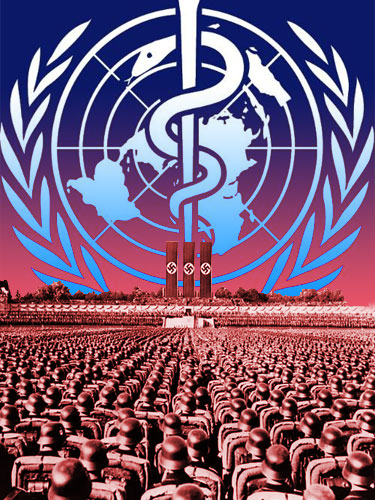 A study published in Human and Experimental Toxicology in May of 2011 concluded that “nations that require more vaccine doses tend to have higher infant mortality rates.
A study published in Human and Experimental Toxicology in May of 2011 concluded that “nations that require more vaccine doses tend to have higher infant mortality rates.
After an in-depth study into the effects of vaccine-coverage in relation to mortality rates among infants, the authors Neil Z. Miller and Gary S. Goldman came to this disturbing conclusion and advised that “a closer inspection of correlations between vaccine doses, biochemical or synergistic toxicity, and IMRs, is essential.”- but naively concluded that “All nations—rich and poor, advanced and developing—have an obligation to determine whether their immunization schedules are achieving their desired goals.”
If you eradicate the human, you eradicate the disease- problem solved:
“Infectious diseases, however, continue to be most significant in developing countries, which experience relatively rapid population growth. The effect of this influx of children on the persistence and dynamics of childhood diseases, as well as on the critical vaccination coverage, is reasonably well-established (McLean and Anderson, 1988a; Broutin et al., 2005). But it is now warranted to turn this framework on its head: can fertility reduction be an integral element of a disease eradication campaign?”





 The Department of Health and Human Services is freezing all childcare payments to all states, an...
The Department of Health and Human Services is freezing all childcare payments to all states, an... US regulators on Monday gave the green light to a pill version of the blockbuster weight-loss...
US regulators on Monday gave the green light to a pill version of the blockbuster weight-loss... Eileen Schoch traveled to her mother's funeral in Asheville, N.C. and found the hotel room —...
Eileen Schoch traveled to her mother's funeral in Asheville, N.C. and found the hotel room —... Dr. Kade Goepferd watched the Trump administration's moves on Thursday to ban gender-affirming care for transgender...
Dr. Kade Goepferd watched the Trump administration's moves on Thursday to ban gender-affirming care for transgender...






























